
Awesome Photo Shoot of a Lymantriidae Caterpillar
Amazing Nature Contest: FREE TOPIC - #1/8/22
[EN] (Google translate from Espanish)
Greetings people from the Amazing Nature Community. I'm here with my first post to share with all of you. I brought an insect in its larval stage: a caterpillar that will become a butterfly or a moth in the future. It is a Caterpillar that belongs to the FAMILY LYMANTRIIDAE and I will tell you how I discovered it.
How i found it
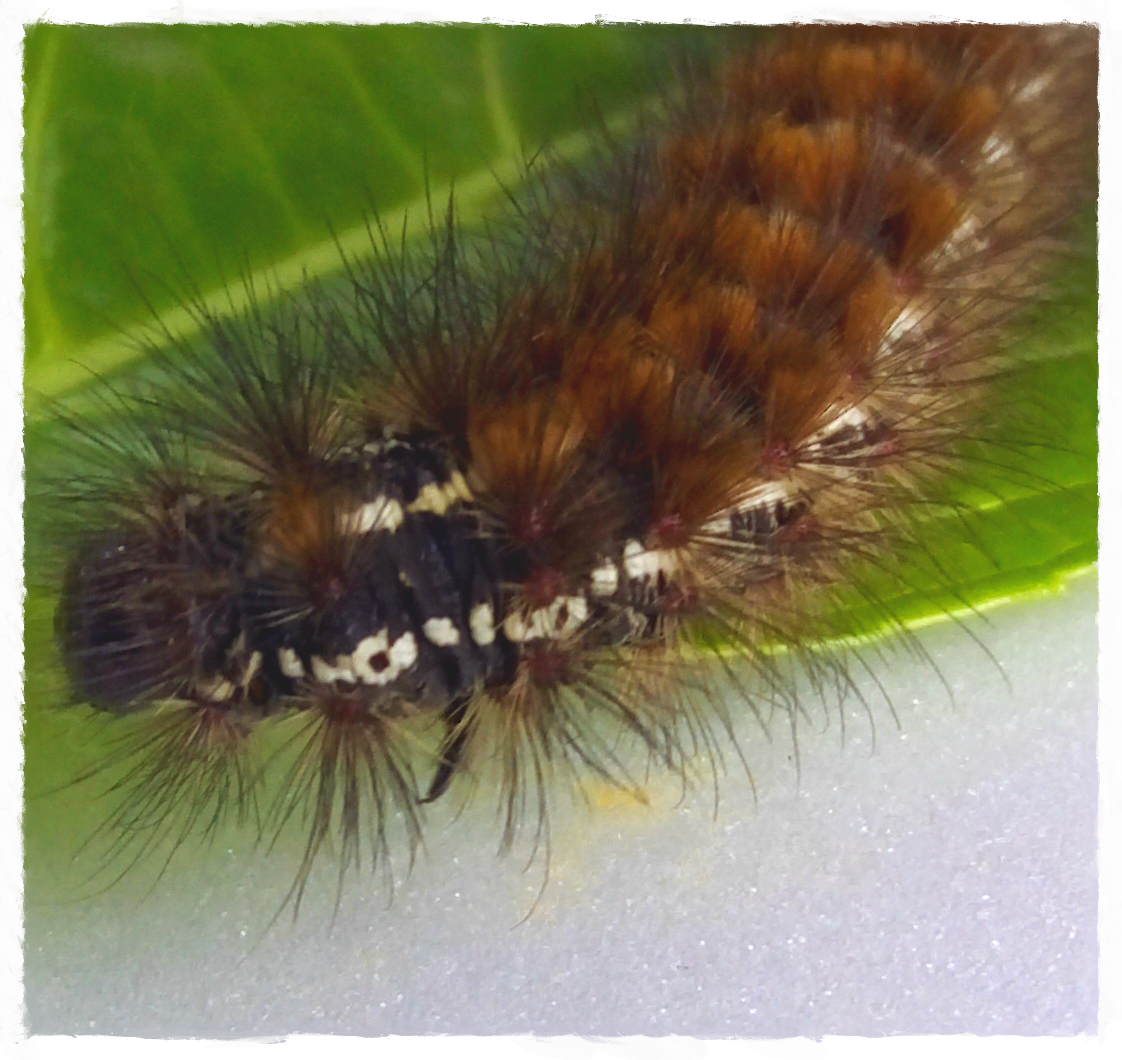
I was coming back to my house, and suddenly the caterpillar walked towards the street from some bushes, I assumed that it had fallen, but as lately I have dedicated myself to photographing insects, I collected it inside a plastic bag, I brought it home to do your photo session. I kept her for two days inside a glass jar with leaves for her food and then I returned her to the field.
About the name CATERPILLAR
The word comes from the Latin "uruca", its original meaning is associated with both butterfly larvae and moths like the plant "arugula" and meant "burn or scorch"
Taxonomic Location
I took advantage of the time to investigate and thus contribute scientific data to the post. I discovered the blog Lepispteron where they propose a discard system based on the phenotypic characteristics of the specimen. And I think it worked, I managed to place this specimen within the Lymantriidae family. Its genus is Lymantria. So this caterpillar belongs to a nocturnal type moth.
And I wanted to make a mind map in "Goconqr" that I share with you . The source is: Asturnatura.com
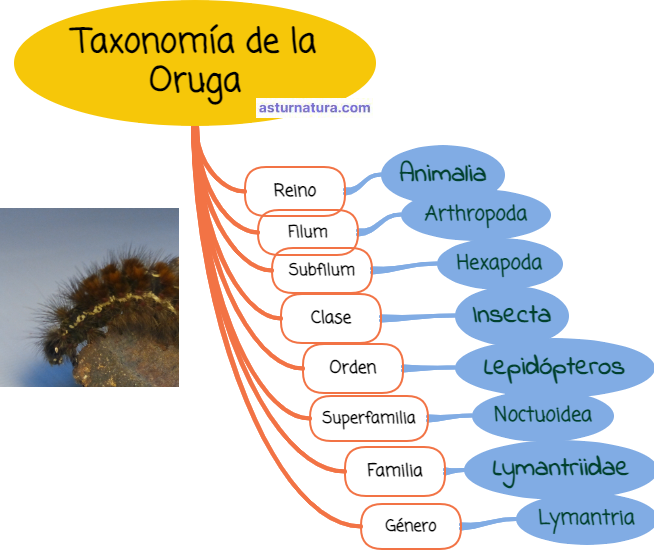
Awesome Caterpillar
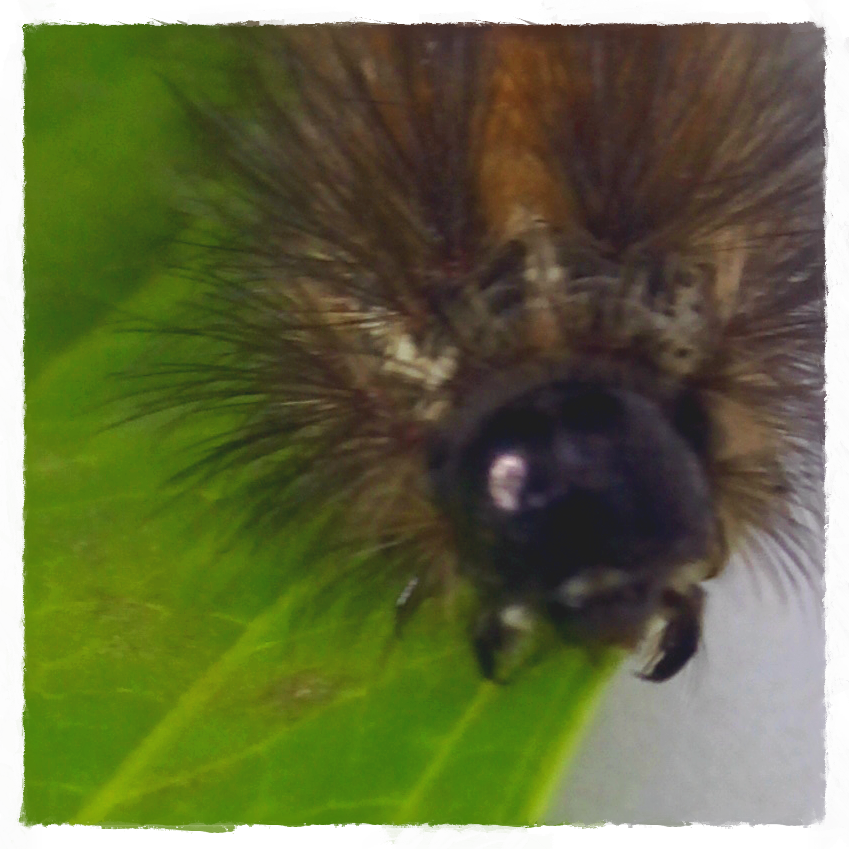
From a very young age, zoology and especially insects generated a lot of attraction and curiosity in me. The first memory that comes to me is that I spent hours lying on the ground observing ants, beetles and any other insect that came into the focus of my attention. The mantids were special to me, the cicadas, but especially the caterpillars.
Observing and cultivating them became my hobby. I learned to carefully collect them and place them in empty fish tanks with green leaves for them to feed on. And right there they will experience their transformation process into winged insects.
I learned how to differentiate moths from butterflies, although I think at this age I forget it, to contrast the voracity to feed on a caterpillar and the relaxed way of life of a butterfly that surfs the air and is carried away by the winds.
I believe that the caterpillars show us the wonderful power of nature to transform and produce changes in a precise and synchronized way. I already learned on a spiritual level the metaphors and teachings that this process of metamorphosis from caterpillar to being winged has implicit for us human beings.
Photo Shoot (Go to the end of the post)

Asombrosa Sesión de Fotos de una Oruga Lymantriidae
Amazing Nature Contest: FREE TOPIC - #1/8/22
[SP]
Saludos gente de la Comunidad Amazing Nature. Estoy por acá con mi primer post a compartir con todos ustedes. Traje un insecto en su fase larvaria: una oruga que se convertirá en el futuro en una mariposa o en una polilla. Es una Oruga que pertenece a la FAMILIA LYMANTRIIDAE y les contaré como lo descubrí.
Cómo la encontré

Venía de regreso a mi casa, y de repente la oruga salió caminado hacia la calle desde unos matorrales, asumí que se había caído, pero como últimamente me he dedicado a fotografiar insectos, la recogí dentro de una bolsa plástica, la traje a la casa para hacerle su sesión de fotos. La mantuve por dos días dentro de un frasco de vidrio con hojas para su alimentación y luego la devolví al campo.
Sobre el nombre ORUGA
Ubicación Taxonómica
Aproveché el tiempo para investigar y así aportar datos científicos al post. Descubrí el blog Lepispteron donde proponen un sistema de descarte en función de las características fenotípicas del espécimen. Y creo que funcionó, logré ubicar a este ejemplar dentro de la familia Lymantriidae. Su género es Lymantria. Entonces esta oruga pertenece a una polilla de tipo nocturno.
Y quise elaborar un mapa mental en "Goconqr" que les comparto. La fuente es: Asturnatura.com

Orugas Asombrosas

Desde muy niño la zoología y especialmente los insectos me generaban mucha atracción y curiosidad. El primer recuerdo que me llega es que me pasaba horas tirado en el suelo observando, hormigas, escarabajos y cualquier otro insecto que se pusiese en el foco de mi atención. Las mantis eran especiales para mí, las cigarras, pero sobre todo las orugas.
Observarla y cultivarlas se convirtió en mi hobby. Aprendí a recolectarlas con cuidado y colocarlas en peceras vacías con hojas verdes para que se alimentaran. Y allí mismo experimentaran su proceso de transformación en insectos alados.
Aprendí como diferenciar las polillas de las mariposas, aunque creo que a esta edad lo olvide, a contrastar la voracidad por alimentarse de una oruga y la relajada forma de vida de una mariposa que surfea los aires y se deja llevar por los vientos.
Considero que las orugas nos muestran lo maravilloso del poder de la naturaleza para transformar y producir cambios de forma precisa y sincronizada. Aprendí ya a nivel espiritual las metáforas y enseñanzas que ese proceso de metamorfosis de oruga a ser alado tiene implícitas para nosotros los seres humanos.

Sesión de Fotos
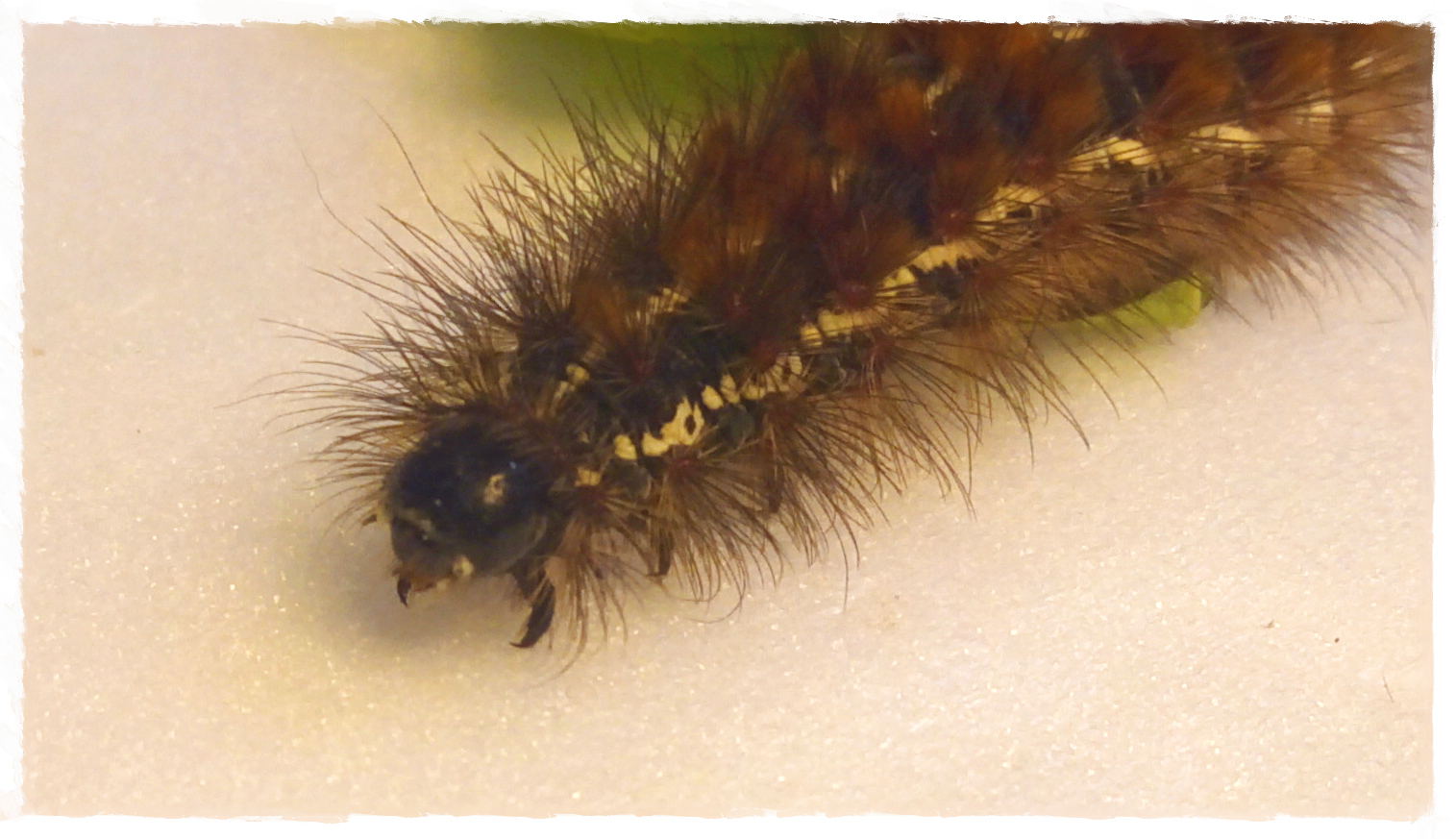
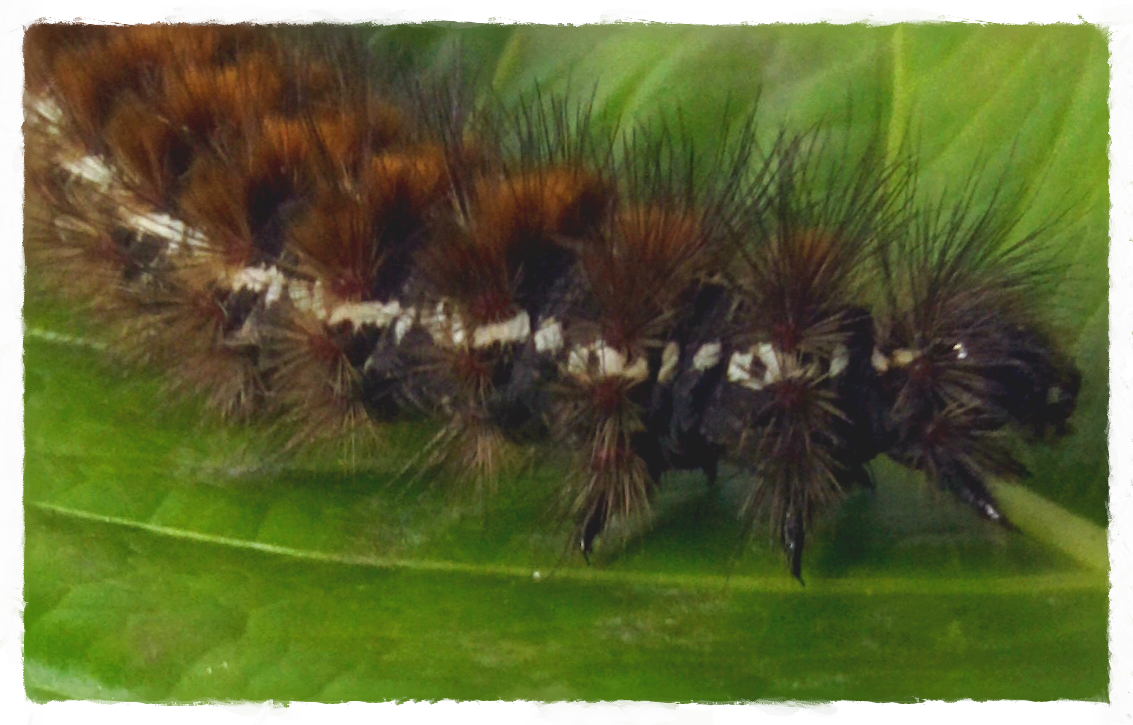
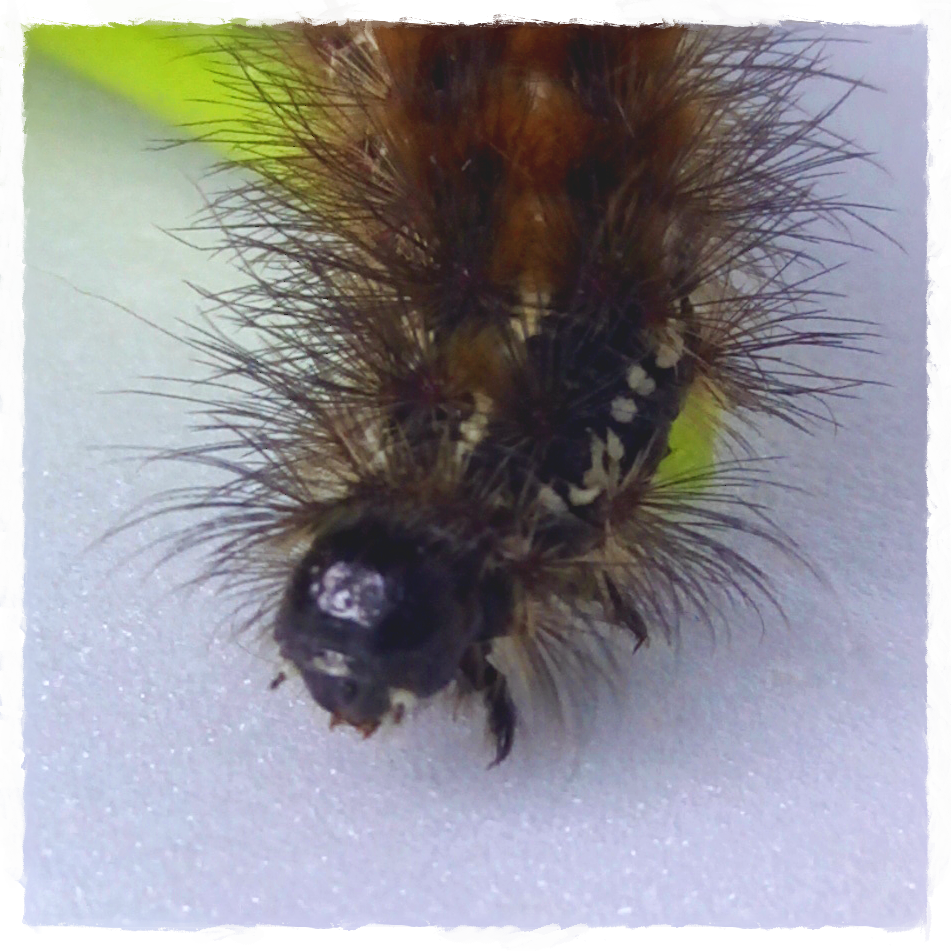
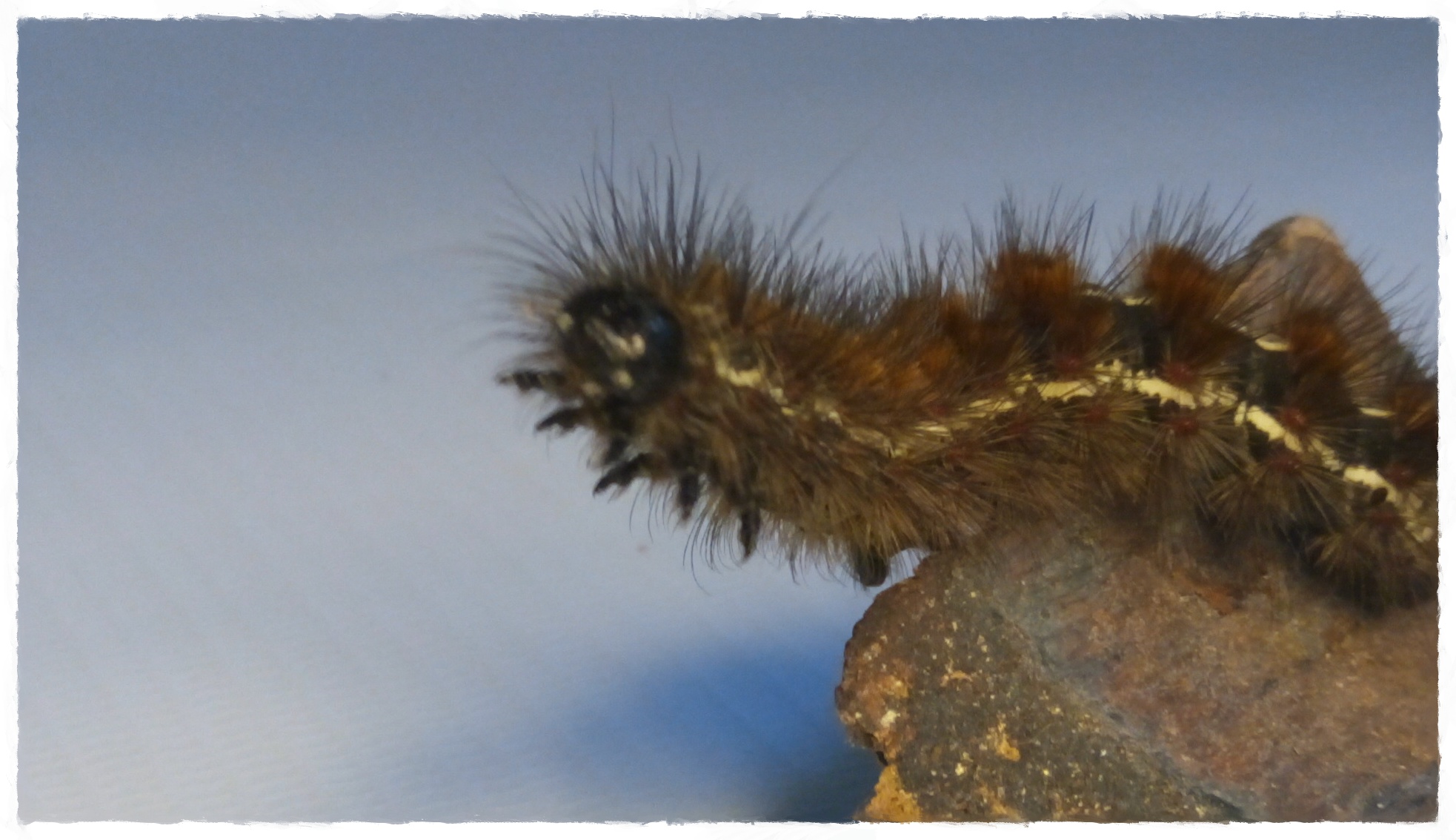
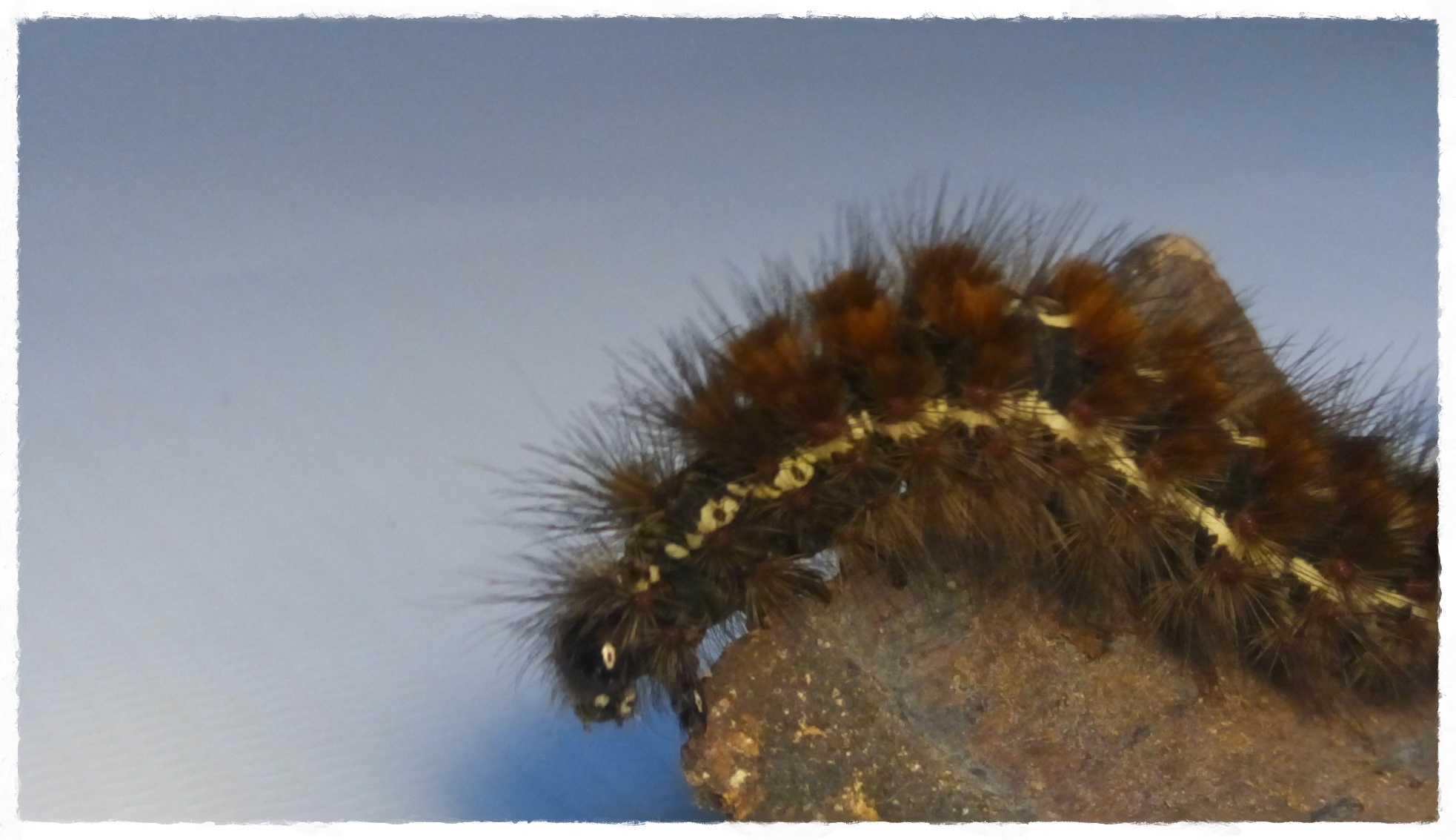
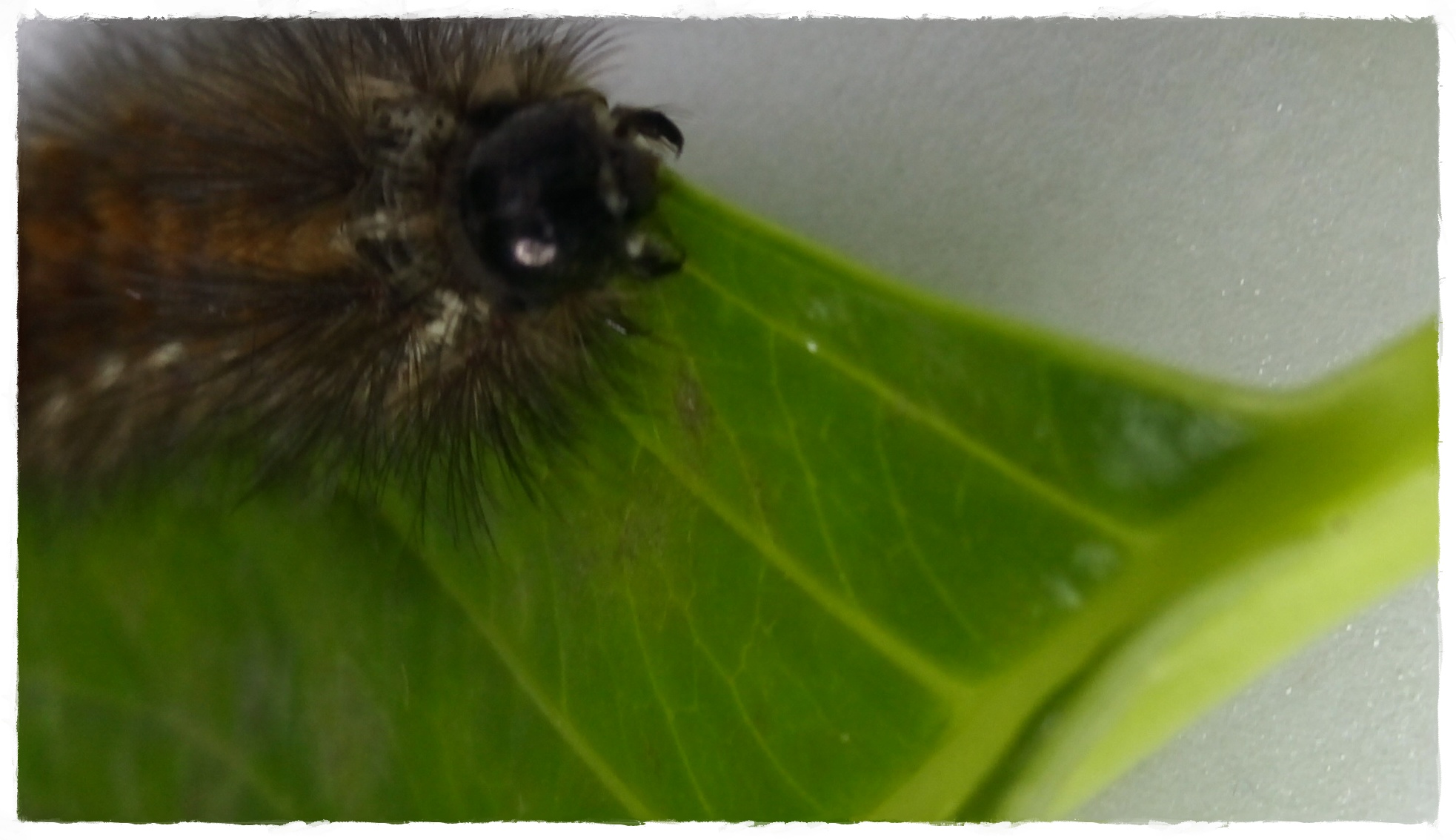
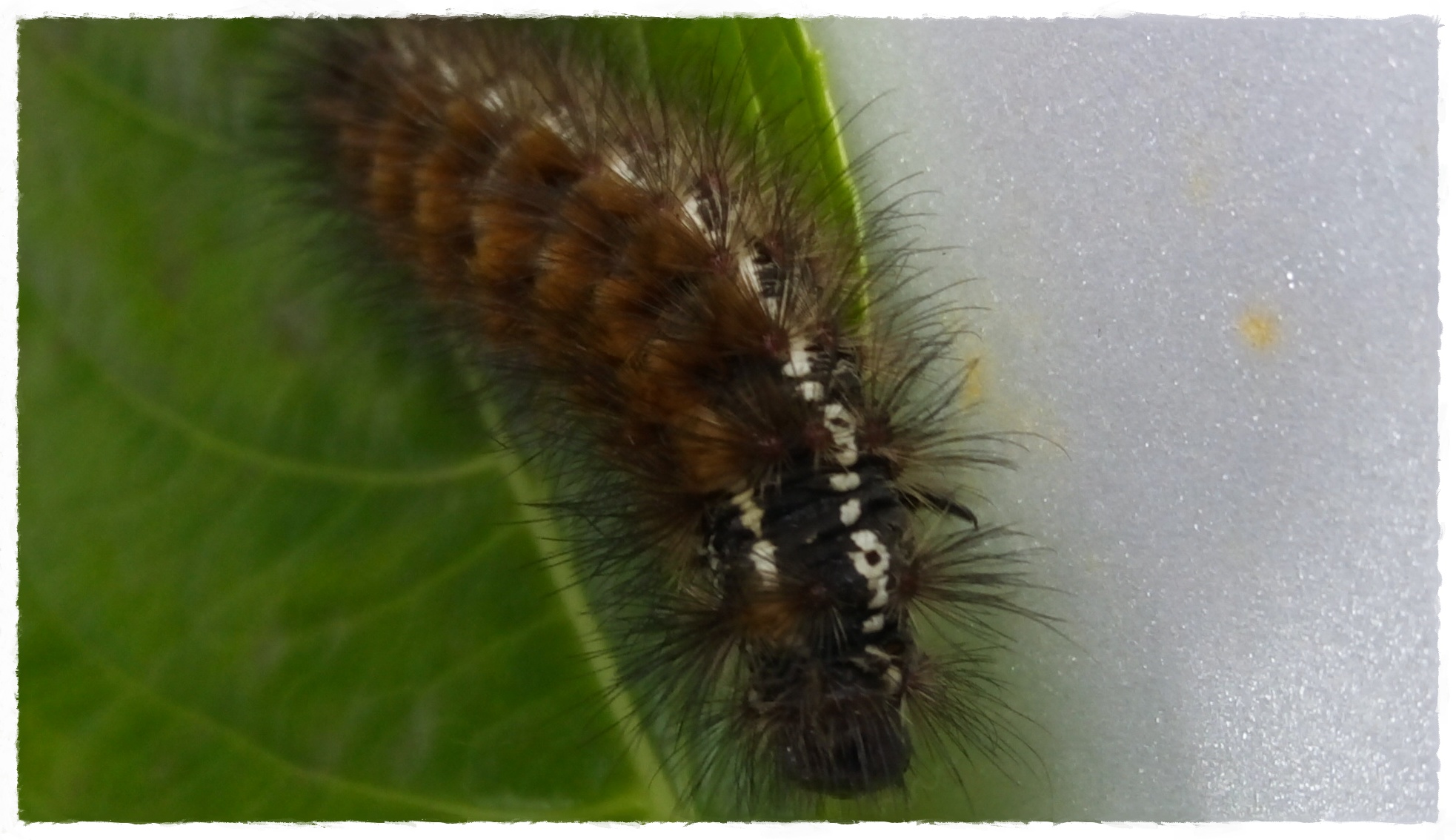
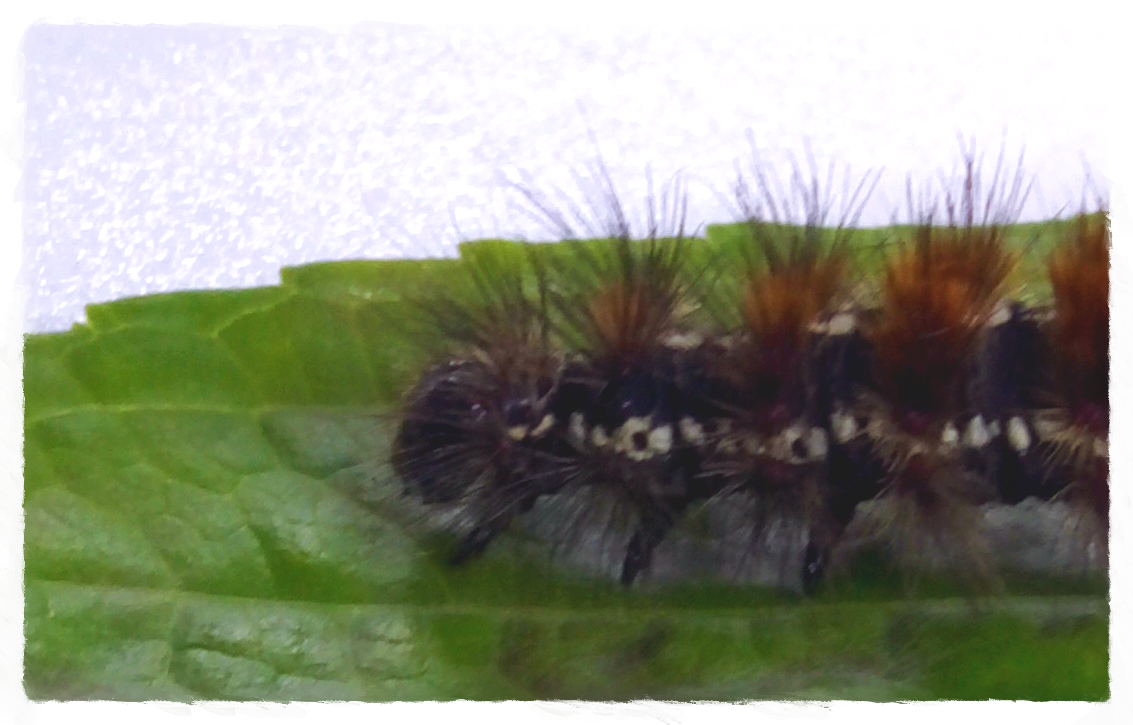

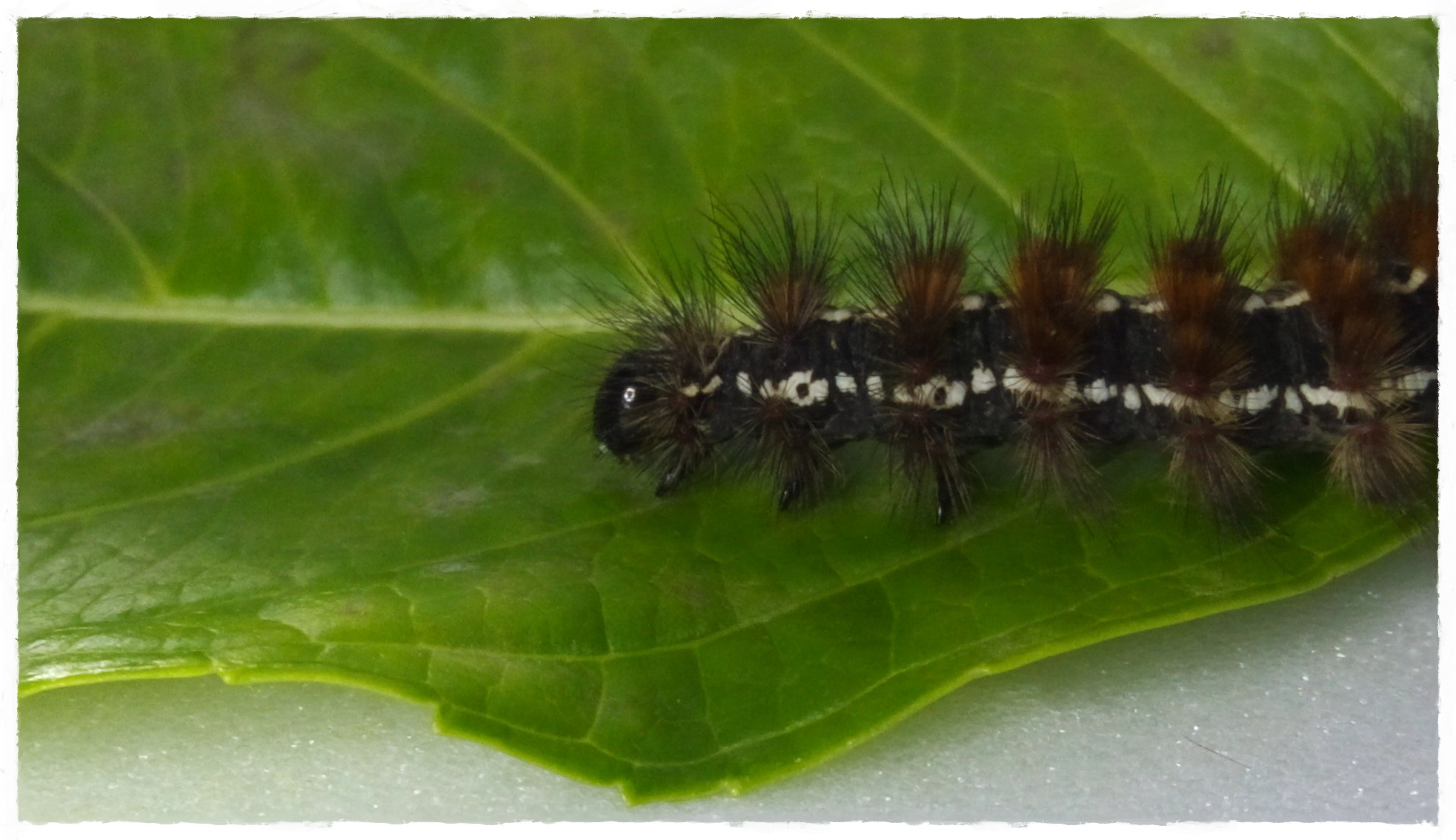

Fuentes
Todas las imágenes son de mi propiedad.
Bibliografía Recomendada
- GUÍA DE IDENTIFICACIÓN DE ORUGAS
Blog Lepispteron.blogspot.com dedicado a la mariposas y polillas.
- TAXONOMÍA DE LA ORUGA
Mapa Mental realizado por @joslud en Goconqr.com

Original production by @joslud for contest:
Amazing Nature Contest: FREE TOPIC - #1/8/22
from Amazing Nature
Original production by @joslud for contest:
Amazing Nature Contest: FREE TOPIC - #1/8/22
from Amazing Nature
I'll wait for you in the next publication...
Te espero en la siguiente publicación...
Te espero en la siguiente publicación...
We appreciate your work and your post has been manually curated by zoology team (oscurity,nelinoeva) on behalf of Amazing Nature Community. Keep up the good work!
wow! I love your post, it is well organized, you have a good description, you give us the bibliographical sources so we can learn more about the species! Thank you for following our advice, and trust us you will receive better rewards! you have these #science #stem-espanol they will help you!!
Thank you for your ecological contribution to the community.
We appreciate your work and your post was manually curated by @none! from the DNA team!
Reach us on Discord to learn more about the project!
Thank you for entering the contest.
It's amazing what you found out about the caterpillar. Exactly such articles are the decoration of our competition.
Thanks for your contribution to the STEMsocial community. Feel free to join us on discord to get to know the rest of us!
Please consider delegating to the @stemsocial account (85% of the curation rewards are returned).
You may also include @stemsocial as a beneficiary of the rewards of this post to get a stronger support.